Building a Pokémon TCG deck on your own is no easy task. With so many cards available to use, it's your job to pick out 60 cards that work together to create a winning strategy. How do you decide which ones to use? How many Pokémon, Trainer, and Energy cards should you be playing? Depending on the strategy your deck is using, the answers to those questions can vary. In this article, we'll discuss some basic guidelines that can help you unleash the full potential of your deck, and then we'll look at some example decks that put these guidelines into action.
The first step is to choose the Pokémon to build your deck around. After that, come up with a clear strategy to take advantage of your Pokémon's strengths. From there, you can choose the best cards that help you execute your strategy.
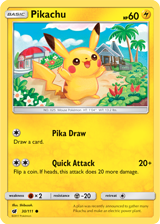 If you want to use a deck with
evolved Pokémon, remember you'll have to include their previous Evolutions as
well. As a general rule, you should use similar numbers of an evolved Pokémon
and the one it evolves from. For example, a deck with three Raichu should also
include three Pikachu. Try to focus on just one or two Evolution chains, since
they can take up a lot of deck space. Including a lot of different Pokémon
means you won't have room for the Trainer and Energy cards you need.
If you want to use a deck with
evolved Pokémon, remember you'll have to include their previous Evolutions as
well. As a general rule, you should use similar numbers of an evolved Pokémon
and the one it evolves from. For example, a deck with three Raichu should also
include three Pikachu. Try to focus on just one or two Evolution chains, since
they can take up a lot of deck space. Including a lot of different Pokémon
means you won't have room for the Trainer and Energy cards you need.
Once you choose your Pokémon, you can figure out how many Trainer and Energy cards to play. A typical deck with Evolutions will have 16–20 Pokémon, leaving room for about 30 Trainers and 12 Energy. On the other hand, a deck that uses only Basic Pokémon may have only 10–14 Pokémon, meaning you can play even more Trainers and Energy.
Building on the Basics
Here's an example of a popular Pikachu & Zekrom-GX deck that features only Basic Pokémon.
-
Pikachu & Zekrom-GX
Pikachu & Zekrom-GX
-
11Lightning Energynrg1 29

-
4Guzmasm3 115

-
4Lilliesm1 122

-
3Volknersm5 135

-
1Cynthiasm5 119

-
1Aether Paradise Conservation Areasm2 116

-
1Thunder Mountain ◇sm8 191

-
4Electropowersm8 172

-
4Ultra Ballsm1 135

-
3Energy Switchsm1 117

-
3Nest Ballsm1 123

-
2Choice Bandsm2 121

-
2Escape Boardsm5 122

-
2Switchsm1 132

-
1Escape Ropesm3 114


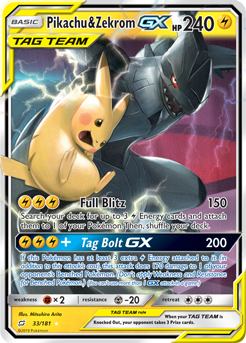











 One of the qualities
of a great deck is being able to find the cards you need at the right time. In
the list above, the Supporter cards
One of the qualities
of a great deck is being able to find the cards you need at the right time. In
the list above, the Supporter cards 
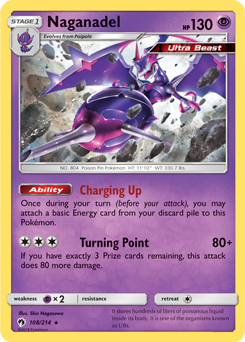


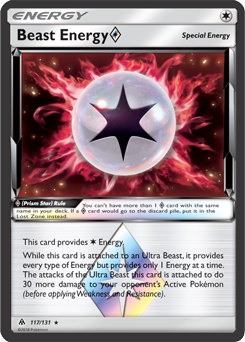




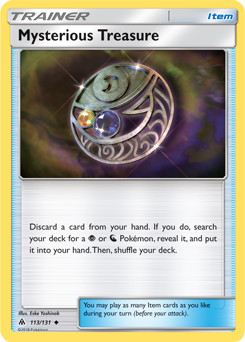

 On the Trainer side, this
deck looks pretty different from the Pikachu & Zekrom-GX deck, because of the focus on getting Fire Energy either directly
into play or into the discard pile to be retrieved with
On the Trainer side, this
deck looks pretty different from the Pikachu & Zekrom-GX deck, because of the focus on getting Fire Energy either directly
into play or into the discard pile to be retrieved with 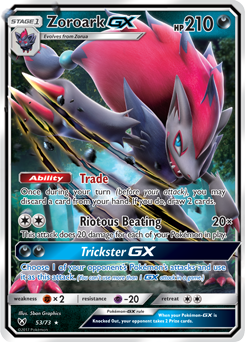
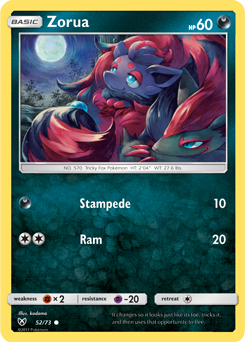

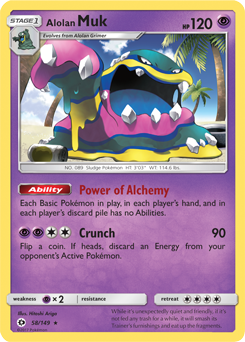


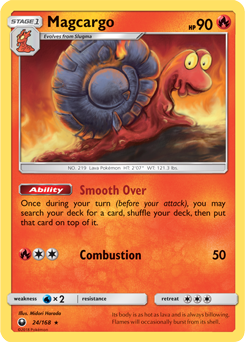
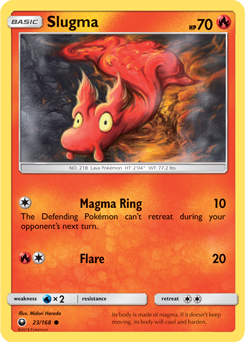
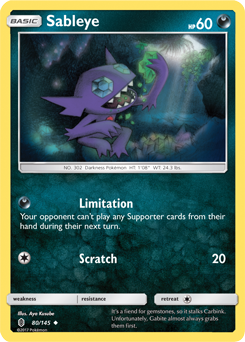


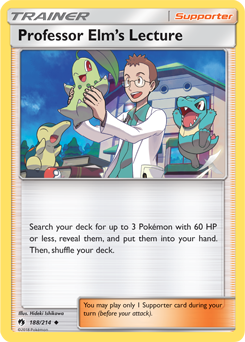

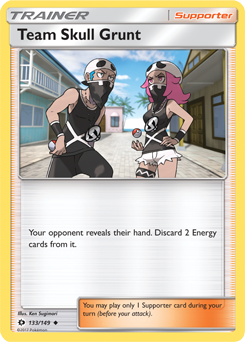

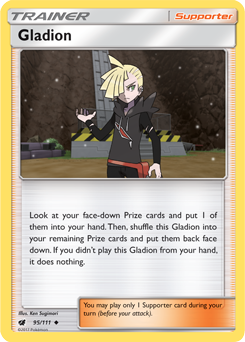
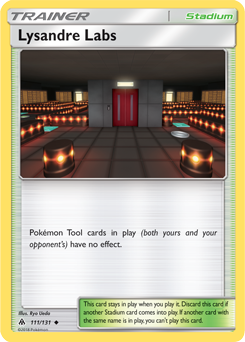




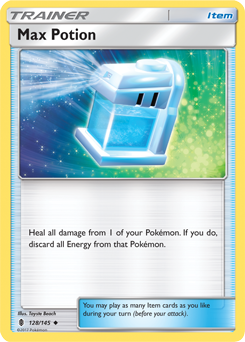
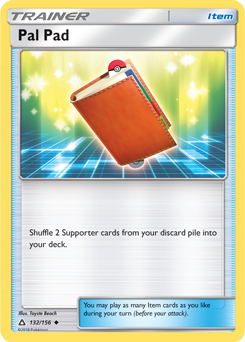

 Zoroark-GX is normally the only Pokémon you want to do damage with, but
this deck includes Pokémon that provide support from the Bench (and can serve
as backup attackers in desperate times).
Zoroark-GX is normally the only Pokémon you want to do damage with, but
this deck includes Pokémon that provide support from the Bench (and can serve
as backup attackers in desperate times). 